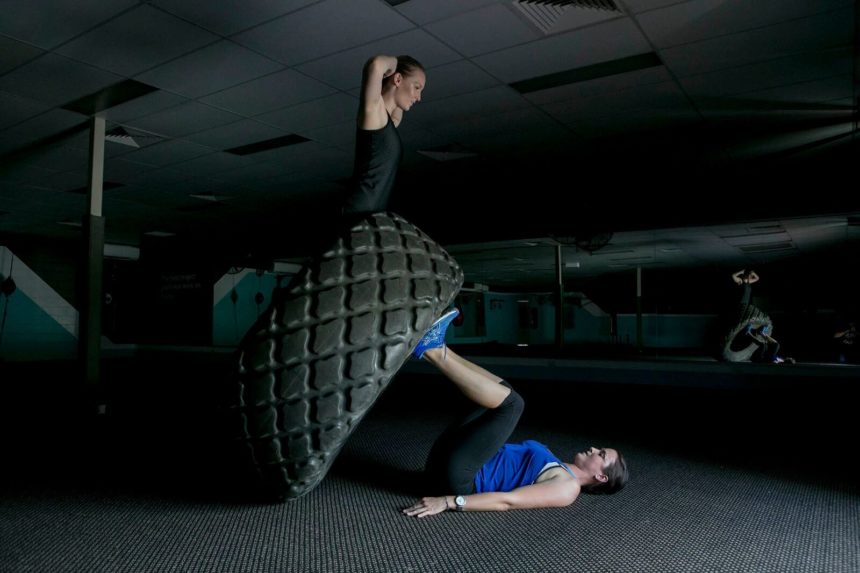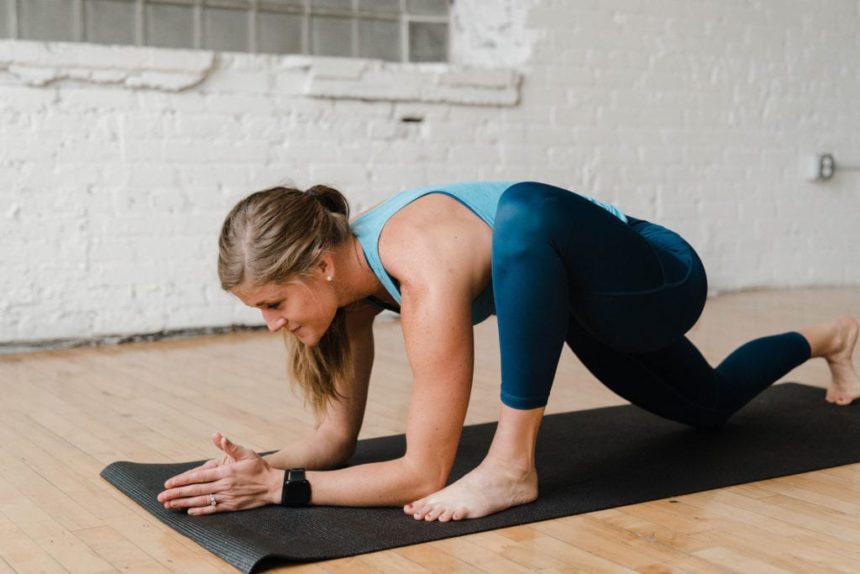Functional Training has a purpose and translates to an activity beyond your workout. The main idea here is function, function has a purpose – therefore, there is a purpose to how and why we train in Functional Training classes. These are commonly referred to on our timetable as Small Group Training. There is an abundance of reasons as to why Functional Training should be incorporated into your life, including all of the regular benefits of training such as, making you feel happier, healthier, fitter, stronger, increases your energy levels and mental wellbeing, and assists with relaxation and sleep quality. Adding onto this, there are a plethora of reasons as to why functional training is that much better than regular workouts. Here’s why we love it:
1. Functional Training has origins in physical therapy
Functional training, as it’s more commonly known as today, emerged from the rehabilitation of soldiers who returned from World War 1 with injuries that cost them basic daily functions, such as walking, sitting, and standing. The physical therapy they went through emphasised core strength and joint mobility, which are essential for movement. In recent years, bodybuilding, powerlifting, and other fitness categories have shifted focus away from improving real-lift movement and towards serving specific fitness goals, such as creating a defined muscular physique. This modern shift towards a focus on function, focusing on compound (multi-joint) movements instead of isolation (single-muscle group) exercises. Recently, this fitness concept has expended its equipment collection to include kettlebells, dumbbells, battle ropes, sandbags, TRX machines, sleds, etc.
2. Focuses on everyday movements
Functional Training incorporates primal movements of pushing, pulling, lifting, squatting, and climbing. Integrating these movements increases the ease of everyday life — including squatting down to pick up your child or the washing basket, pressing objects overhead, reaching for things in and out of the car, etc.
3. You’ll build a ‘natural’ physique
By training the way your body is designed to be trained, you’ll build a more ‘natural’ looking physique. Instead of worrying if your right bicep is bigger than your left, or if your calves are too small, you’ll be more concerned with training your body in the best way possible for function and fitness. By applying functional training principles, you will no longer have to worry about looking “proportional” or “big enough” because the exercises you’ll be doing will do all of this for you.
4. You don’t need to spend hours at the gym
Since your focussing on more than one muscle group per workout and training at a high intensity, workouts will be shorter in duration. Typical bodybuilding programs are designed to have you in at the gym for a couple of hours each day, 5-6 days of the week. Not that this is a bad thing, but it isn’t realistic for a lot of people. The nature of functional training adopts a 30-45 minute session, with you being in at the gym 3-4 times per week.
5. Less chance of injury
With one of the main focuses of functional training being unilateral movements (think: Bulgarian split squat, single-arm bent over row, alternating shoulder press), muscle imbalances are ironed out, and the element of instability translates to the real world. As muscles are targeted from all angles moving smoothly with the body, injury-inducing imbalances are avoided. Recruiting multiple muscle groups also assists with preventing strain from using just one muscle group.
6. Greater muscle memory
The more your body performs a particular movement or exercise, the faster and move responsive your body can repeat the movement in the future. By performing regular functional fitness exercises, you’re not only building muscle and core strength, but actually exercising the brain too – effectively boosting your brains memory.




